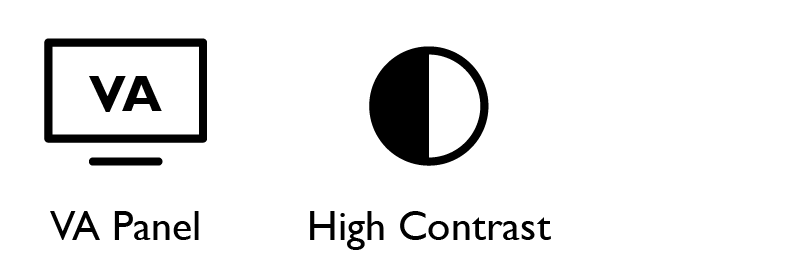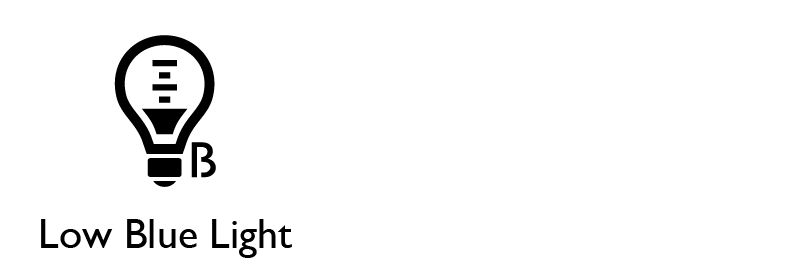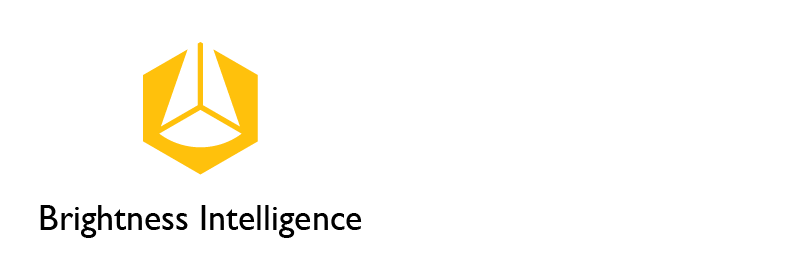
BenQ has focused on eye comfort technologies for more than a decade.
This site uses cookies. By continuing to browse the site you are agreeing to our use of cookies, you can also manage preferences.
This site uses cookies. By continuing to browse the site you are agreeing to our use of cookies, you can also manage preferences.
BenQ has focused on eye comfort technologies for more than a decade.
As consumers focused on eye health while screen viewing time was on the rise, BenQ saw the need for eye comfort technology. In 2010, the initial VA panel LED backlight displays featured 5000:1 high contrast, reduced dead pixels and improved light leakage. Since then, users have enjoyed real-time eye care with BenQ Eye-Care Technology.

LED light offers longer lifespan and energy efficiency but also screen flickering. This is more visible in photos. The BenQ research team established an expert panel of ophthalmologists to determine how to resolve distracting flickers. The problem was solved when BenQ introduced a DC dimming backlight technology to all of our flicker-free monitors, thus easing eye strain for users.

High-energy LED light from 450 to 500 nm wavelength can lead to retinal injury and impaired vision due to radiation exposure.
To safeguard the retina, BenQ adjusted monitors' RGB color temperature parameters and also rolled out 4 types of color temperature presets based on user scenarios. Additionally, BenQ cooperated with TÜV Rheinland to define low blue light testing standards and develop a certification. BenQ thus created the world's first low blue light certified display

The most harmful blue light is between 415 nm to 455 nm. Reducing harmful blue light emitted by the screen protects our eyes from blue light hazards. Therefore, based on insights gained when developing Low Blue Light Technology, BenQ developed the world’s first Low Blue Light Plus monitor, with a panel which lowered blue light emissions to protect retinas from the blue light energy.

Using electronic devices in dimly lit environments causes sore eyes and eye fatigue. However, this is easily prevented by turning on a lamp to minimize the difference between the ambient light and the screen brightness. BenQ used this model to develop Brightness Intelligence Technology. A sensor detects ambient lighting, then auto-adjusts the screen brightness optimally. Users can enjoy real-time eye care with BenQ Brightness Intelligence Technology.

To improve comfort, BenQ went a step further with Brightness Intelligence Plus Technology. This upgrade auto-adjusts both the brightness and the color temperature on the screen. Once the color temperature and the brightness suit the ambient lighting, eye stress and soreness are greatly reduced.

Electronic paper display technology mimics the appearance of ordinary ink or paper. This improves reading comfort. Inspired by e-readers, BenQ invented e-Paper Mode which adjusts color, brightness, contrast, and sharpness to simulate the e-Reader experience. When you read an e-book on a BenQ monitor, turn on e-Paper mode for comfort that lets you focus on your content, not your tired eyes.

Extensive screen time for work, learning, and entertainment can cause soreness and blurred vision. BenQ reminds you to rest your eyes with Eye Reminder. You select the proper interval for popups reminding you to rest. A break sets you up for success with eye rest and also time out for your mind.

Color vision deficiency affects 8% of men and 0.5% of women. Research revealed how we could help those who suffer from the most common type of color blindness. And so, we developed Color Weakness Mode. Red and green filters customize the amount of red or green displayed on the screen. Now, people with color vision deficiency can distinguish between colors for a more natural viewing experience.

In the new normal, with working and learning from home now routine, screen time often exceeds ten hours a day. Eye discomfort and damage are also on the rise. BenQ developed Eye-CareU software to integrate all the Eye-Care functions with a single click. Thus, the latest, most advanced Eye-Care technology from BenQ is easy and accessible.

